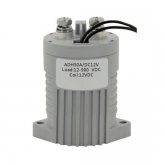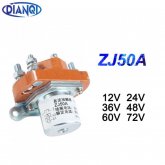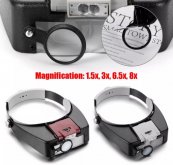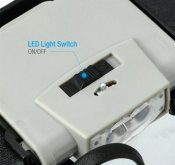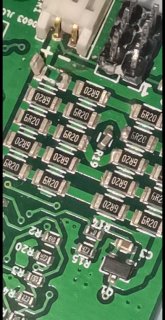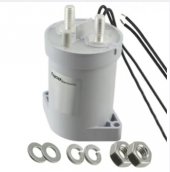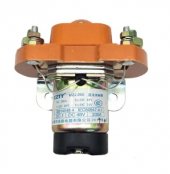
Welcome to the forum!
Best practices?
Yes, absolutely there are.
And you probably don't like the price tag. (Batrium is one of the better)
When you look at all the higher end BMS (+$500,- starter pack) they all use contactor.
I have to disagree with
@BabylonFive . He clearly didn't read enough in the forum yet.
Many times contactors have been shown as superior choice for high amperage contact.
The QUCC guys are funny.
You have to be Chinese budget minded to use a car starter motor contactor for continuous contact..
Lol.
And then wonder why it fails

Luckily they have upgraded their design now with a slightly better contactor.
View attachment 45189
A higher quality contractor like this is +/- $125,- (for 50A)
Lower quality I use:
View attachment 45190
About $25,- for 50A
I have the 50A to disconnect the solar (= charge) and a 400A unit to protect discharge.
The 50A uses about 5 watts to keep contact, the 400A about 7 watts.
If that's a lot? Up to you.
My continuous used solar system with +50 kWh LiFePO4 doesn't care.
20Ah systems... That's different.
You also would not use +100A
And yes, compared to mosfet, that's a lot more!
Their sister, solid state relay uses just a little energy also, but have tremendous voltage drop so it requires a massive heatsink.
In standby, its very energy efficient.
Pump 100A... And it's suddenly a heater

Back to best practices:
Looking at the price of one quality contactor (50A uses 3 watt) you can understand that anything below $500,- including Contactors is not really quality.
Quality contactors for charge and discharge already set you down like $300,-
Chargery is good,
Electrodacus is good, but need to use 2x 24v.
The Contactors can be wired in parallel, if one controller tells it to disconnect,it will.
I like DIYBMS, especially the new version (4.40) and new controller.
It have WiFi and Bluetooth, canbus and all toys one would like.
But it's DIY so include soldering and flashing firmware.
Good thing is that it is almost as good as Batrium, for a fraction of the price and open source.
Each cell (or parallel cells) have own cell module and temperature controller. With small heatsink 1.2A balance dumpload (standard 0.8A)
Talking about that.
Daly is sweet, and at low capacity, really good quality. "Set and forget" as
@Will Prowse would say.
Up to 100A, those units (Mosfet based) are good.
Higher amperage the voltage drop becomes an issue, and the heat + lower quality mosfets, make many high capacity Daly fail in the first year.
Their Balance dumpload is 0.08A.
That's all.
I hope you understand the charging cycle, how it goes from constant current, the maximal amperage that you can push into the battery with your charger, to constant voltage.
That phase you see the amperage slowly drop, at the end 0.001 or so.
Balancing is the process to hold back the cells that charge a little faster. That can be due slightly different internal resistance.
At a slow charge/discharge rate like solar (+/- 10 hours charge, 14 discharge) the difference is small, and when the first battery comes close to 3.65v, the charge capacity has dropped to or under 0.08A
(For 51.2v (S16) about 5 watt)
Fast charge and discharge in automotive requires different approach.
(Or when you top balance every 3-6 months)
Their imbalance will be significant.
You probably still are charging at 10A or more when the first cell hits the balance threshold.
Automatic result, you need the same capacity balancers.
Lucky they are cheap and separate available.
More expensive models have Bluetooth.
Best practice for 300A golfcart?
With C2 loads?
(Compared to C0.2 on most solar installations)
Yes, contactors.
BMS can be anything.
Even 20A spilt port Daly.
You don't need to feed all the current via the BMS.
And the cheap Chargery can control the Contactors

Better: Chargery, electrodacus, (and probably a few more contactor based I don't know their name)
Best: Batrium or DIYBMS.
For the capacity monitoring, there are many AMmeters available that do a great job.
Higher quality is Victron.
Lower is aliX like
this
They all do the job.
If you plan to draw 300A, use the China margin, +25% so a 400A shunt.
For Victron, 250-300A.
Don't buy 1000A as it will give less correct reading.



